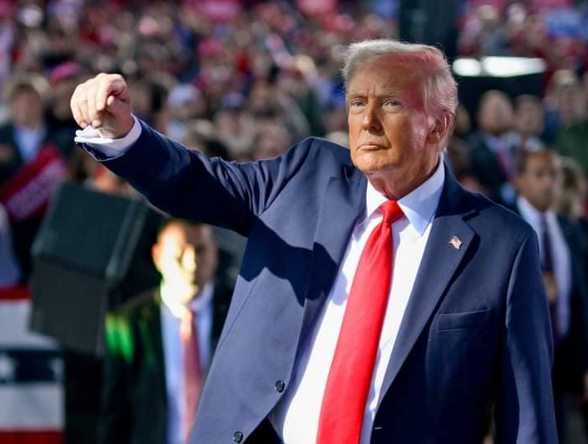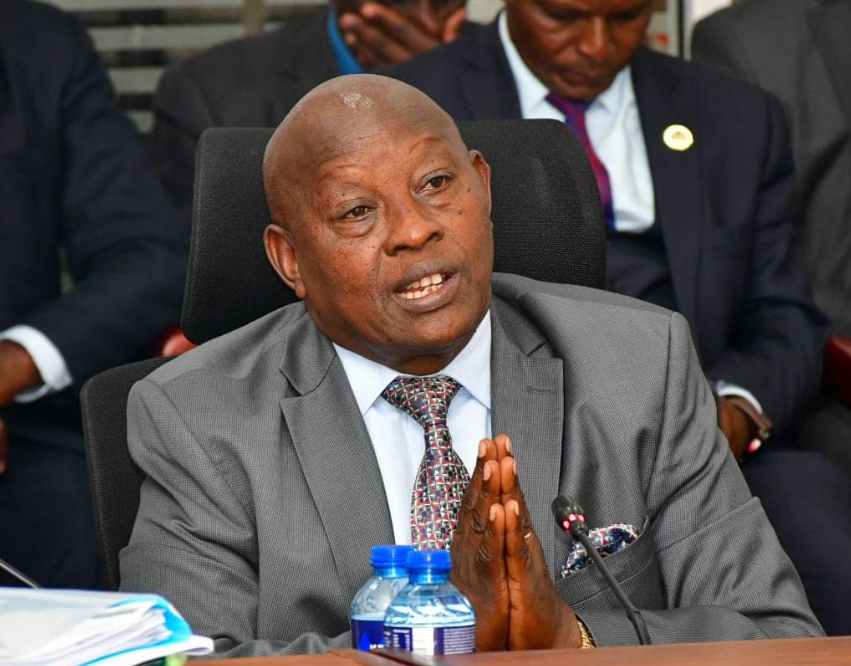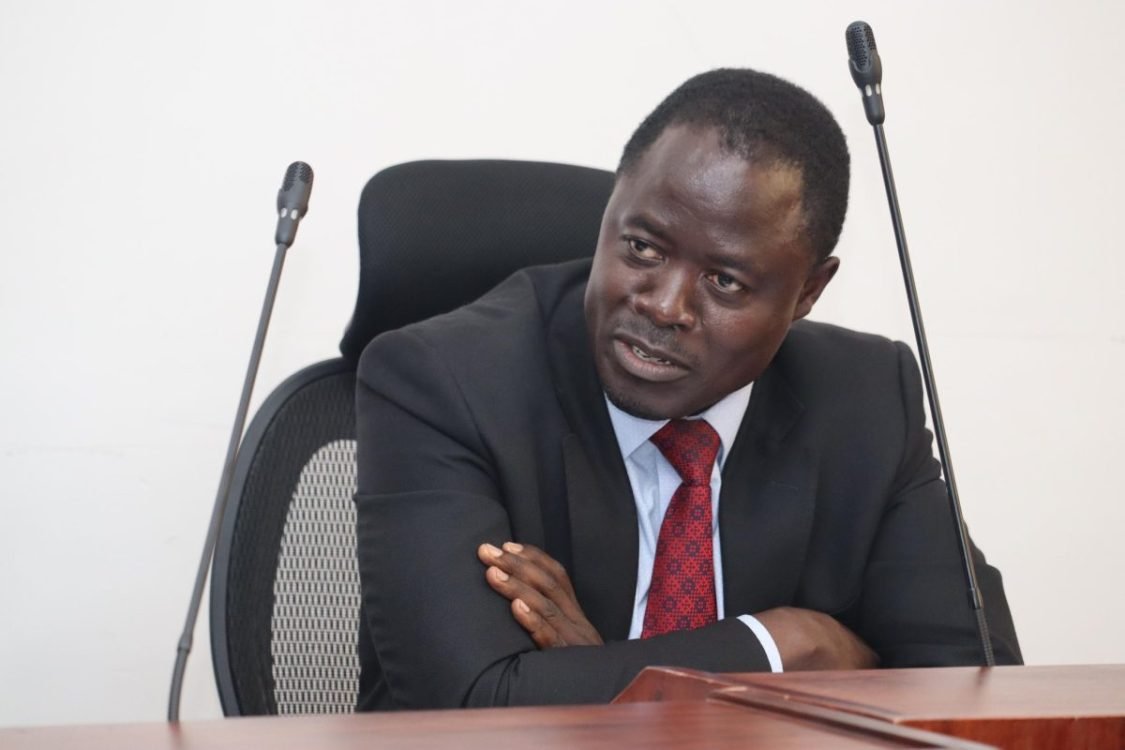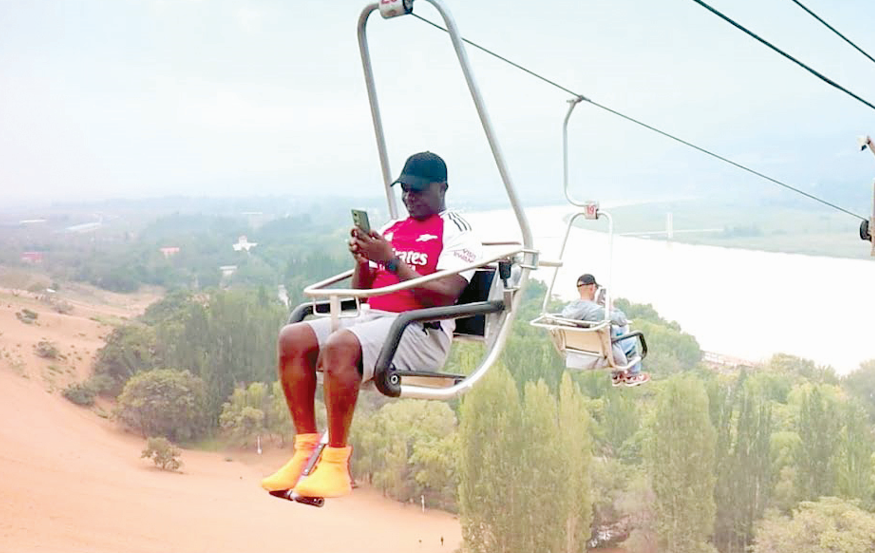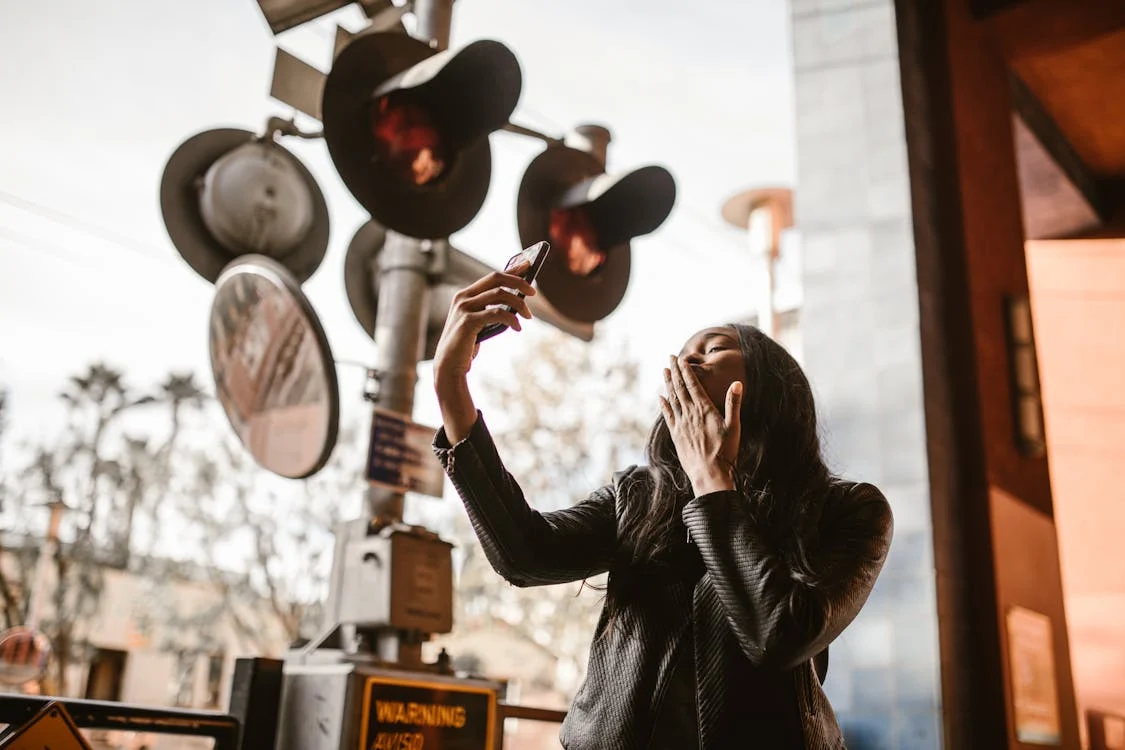Unlocking Nairobi’s tourism potential using urban tourists
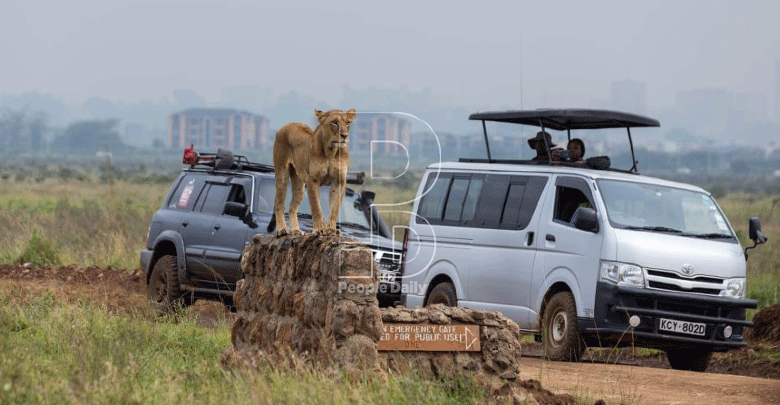
Harriet James @harriet86jim
When Jeen Gichuhi paid for a Nairobi City tour in 2014, he anticipated that he would be taken to exotic places, such as the Karen Blixen Museum, Bomas of Kenya, Giraffe Centre, Nairobi National Park among other known attractions in the country’s capital. But he was surprised to learn what the tour was all about.
“It was a walking tour within the Nairobi Central Business District (CBD) where we visited a number of historical destinations, including time-honoured buildings, monuments and parks, such as Uhuru Gardens Memorial Park, Nairobi Railway Museum, National Archives, War Memorial Statue and African Heritage House where I learnt a lot about Nairobi’s glorious past.
We literally spent a better part of our morning and afternoon visiting those places located within the CBD,” he recalls.
The tour company’s model was mainly based on Nairobi’s history with their concentration being the Central Business Travel.
“I found out that Nairobi is more like an open museum and had not been fully exploited,” he continues.
Hard to convince
Well, that trip was the genesis of Gichuhi’s interest in city tours and a year later, he established a company that offers day trips to travellers who wished to explore Nairobi.
But it was not without a few challenges, “It was a tough job convincing people about the significance of such tours.
They did not understand why they should pay someone to walk or drive them around Nairobi, but I am glad I still managed to form a group on social media known as ‘Nairobi On Tour’, whose main aim is to showcase Nairobi to Kenyans,” he smiles.
What Gichuhi and other tour guides, who conduct city-based safaris are doing is known as urban tourism.
Also known as city tourism, this kind of tourism takes place in urban spaces with its inherent attributes being non-agricultural based economy, such as administration, manufacturing, trade and services and by being nodal points of transport.
City destinations offer a wide range of experiences, such as technological, cultural, architectural, natural and social, leisure and business experiences.
Urban tourists can visit city buildings, such as art galleries, museums, temples, skyscrapers or even buildings with historic interest.
Another modality is attending popular events, such as concerts, festivals, conferences and even protests and other times exploring a city’s nightlife.
“People are always skeptical about what good or new Nairobi can offer, but I am glad that the tours have started being embraced, especially since last year when the Covid-19 pandemic broke out. I call the tours ‘The City We Assume’,” he offers.
For Muthuri Kinyamu, the co-founder of Turn Up Travel, this interest for cities inspired him to create 24-hour city tours dubbed ‘Instagram Tours’, done in partnership with content creators to showcase unknown parts and facts about the city, such as subcultures, wildlife, art, history of architecture and cuisines.
“We believe travel is the first step to understanding places and people—and we love the opportunity to show and tell people our perspective on our vibrant city,” he explains.
He says Nairobi hides her beauty in its crevices, the chaos and contrasts. People walk past monuments not knowing their significance.
“We’ve curated itineraries from food and beverages, visits to the park to see the Big Five, rooftop experiences, adventures, shopping, art and collector tours, culinary and history and heritage — there are just so many different ways that residents and visitors can experience the lush city under the sun,” he says.
Surprising, unique attractions
Muthuri describes Nairobi as a city of contradictions where the modern lies across the vintage and your perspective can be informed by your neighbourhood, route to work, community and spaces you frequent, so it’s always good to see the other side.
“The benefit of city experiences is that if you’re short of time, you have such variety to pick from and connect with various facets of the cosmopolitan city.
So whether you’re here for business or leisure, or on transit, Nairobi will always surprise you with its unique attractions,” he poses.
Despite the low numbers of arrivals as a result of the government restrictions during the pandemic, the latest international tourism reports carried out by the Tourism Research Institute for the period between January and June 2021 indicates that of the 305,636 arrivals in the country, 92,828 arrivals came for Meetings and Incentives, Conference and Exhibitions (MICE) purposes and 87,629 came on holiday.
All these travellers particularly the MICE arrivals meet at the capital before proceeding to other destinations in the country and this shows how significant tourism is in driving development.
Tourism is fundamentally connected with how cities develop and offer better living conditions to its visitors and residents. Yet, urban tourism still remains an untapped type of tourism.
“Being the heart of Africa, Nairobi hosts a lot of business and conference tourism. We also have a lot of international companies with their offices in Nairobi, so conference tourism does well.
Lately Nairobi has been hosting sports tourism, the most recent being the European Tour Golf Championship held in March, and now the World Athletics Under-20 Championships in August 2021,” says John Musau, a travel expert and the General Manager of Tamarind Tree Hotel.
Business and leisure
He adds that urban tourism is the way to go for any evolving city, because many of tourists like combining business and leisure.
“They will do conferences for three days then on the fourth day, they would like to go to the park or just tour the city.
The Ministry of Tourism should give incentives to business travellers such as offering free buses to ferry them to the various destinations,” he suggests.
Musau recommends that there also needs to be adequate security for travellers.
He also says there price concerns when it comes to city tours. “Nairobi is a very expensive town compared for our competitor towns, such as Kampala, Kigali and Dar es salam,” he notes.
Muthuri feels that there is need to be conscious of the realities that exist in urban areas, such as homelessness, environmental degradation and water shortages, among other challenges.
“Cities must first be habitable and attractive to residents to work, live and enjoy,” he says.
Jeen on the other hand says most historical buildings are now banks and offices, therefore, access is limited.
“One cannot even take photos of some of the old buildings as they are highly guarded.
And for building which allow visitors, very little and sometimes contradictory information is provided,” he says in ending.




